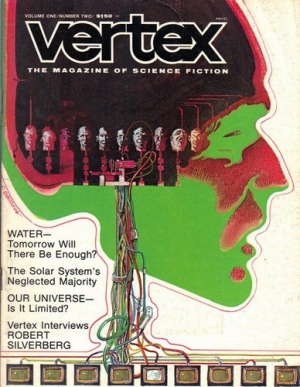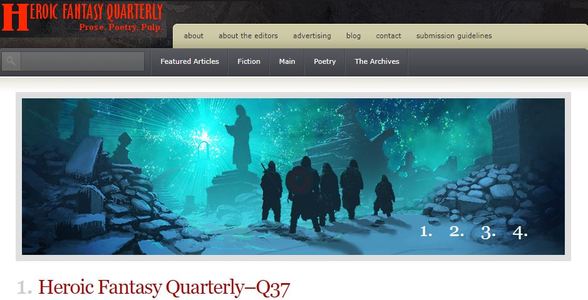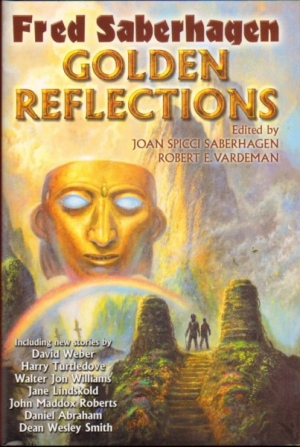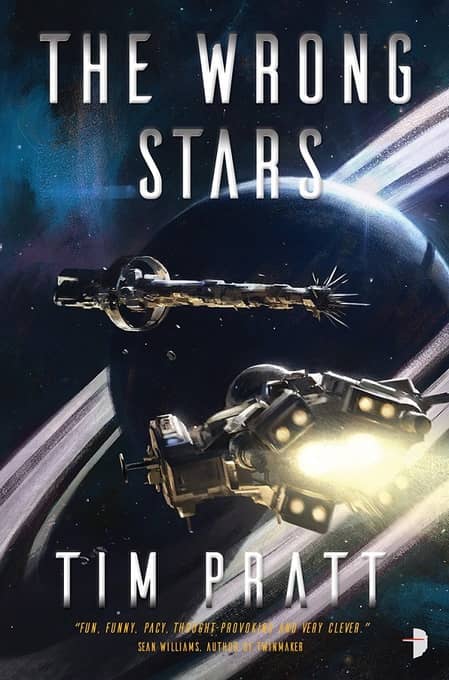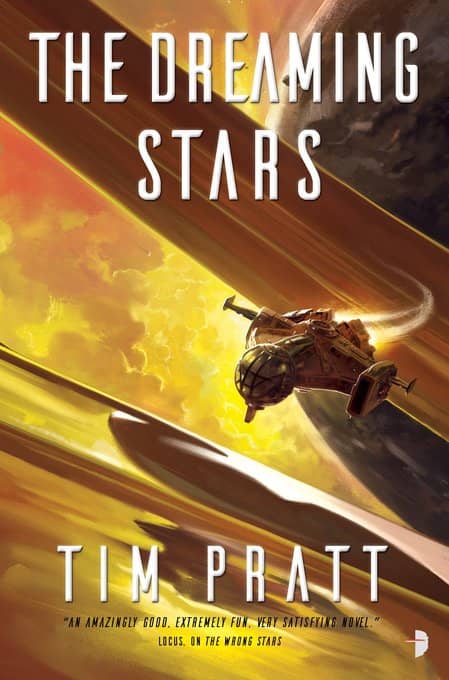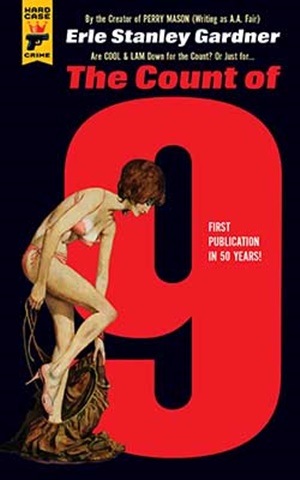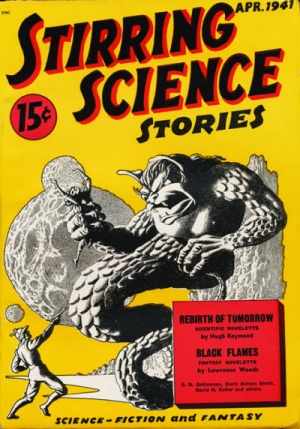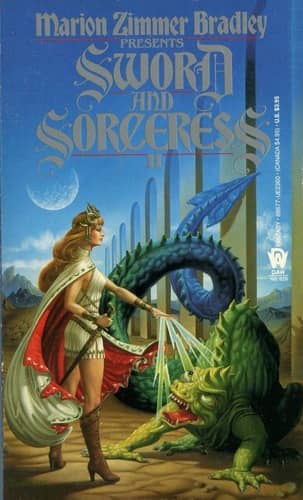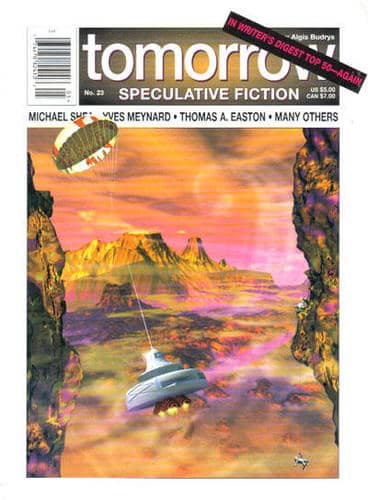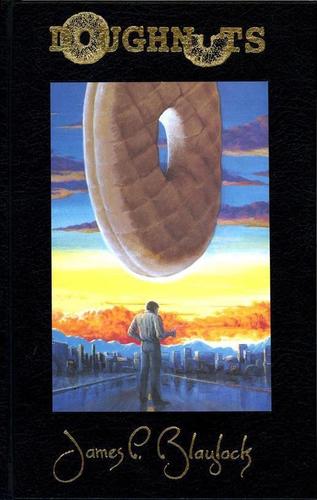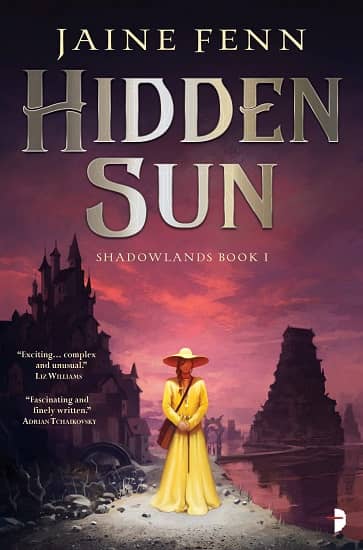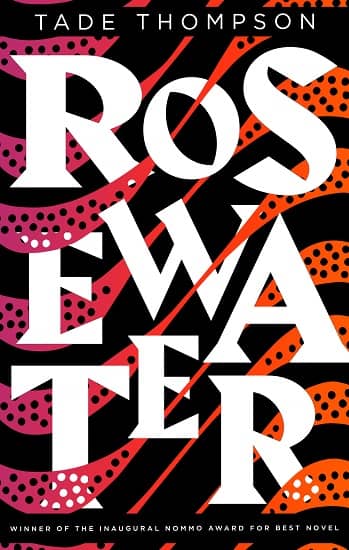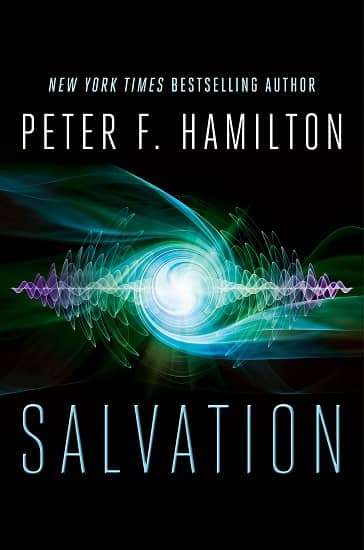Books and Craft: Parables for the Modern Reader
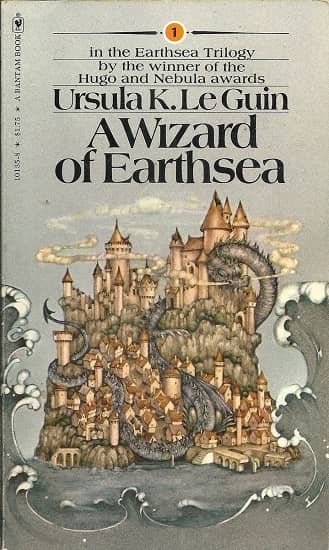 |
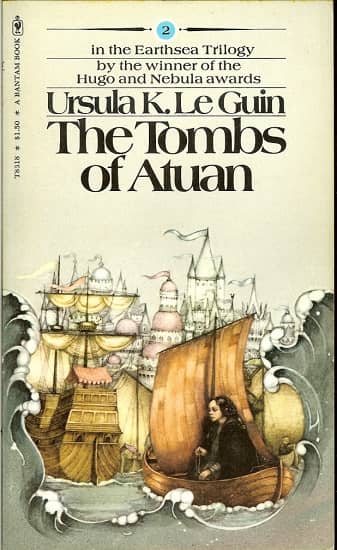 |
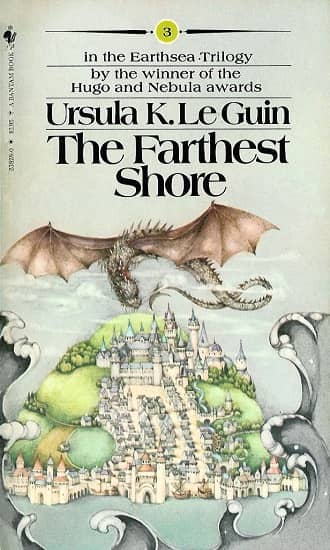 |
The Earthsea Trilogy (Bantam, 1975). Covers by Pauline Ellison
Early last year, I began a column here at Black Gate that I call “Books and Craft.” The idea was to shine a light on the writing elements that contribute to the greatness of classic works in our genre. (You might care to read my previous pieces on Nicola Griffith’s Slow River, and Guy Gavriel Kay’s Tigana .) I intended to write these on a regular basis, but life and work intervened. Today I’m happy to be back with a new “Books and Craft” post about books that have long been deeply special to me.
Ursula K. Le Guin died earlier this year after a stellar career of nearly sixty years. She was a master of speculative fiction, one of the most decorated writers ever to grace our genre. She was perhaps best known for her science fiction novels set in the Hainish Universe, but personally, I am most fond of her fantasy, specifically the first three of her Earthsea novels: A Wizard of Earthsea, The Tombs of Atuan, and The Farthest Shore. (In fact, my newest series, The Islevale Cycle, is set in a world of islands and seas that I meant as an homage to Earthsea and Le Guin.)
These three early Earthsea novels, often referred to as The Earthsea Trilogy, were published as children’s books. They were written, though, with a spare sophistication and elegance that appealed to a broad audience and brought them critical and commercial success. Earthsea is a world of myth, rich culture, and social complexity. By creating a network of islands and archipelagos, Le Guin ensured that her land would be home to a variety of traditions, customs, and people. And in making Ged, the hero of the series, dark-skinned, she brought a non-traditional protagonist to a genre that had, until that time, been overwhelmingly white.
